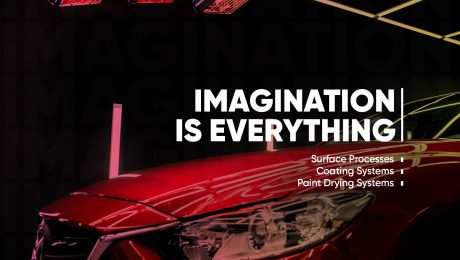When ferrous and other metals come into contact with air, they get oxidized and cause corrosion. The applied surface treatments prevent the formation of corrosion and protect the metal.
There are two types of phosphate coating processes.
Zinc phosphate coating is a crystallized conversion coating formed on the metal surface. In this way, surfaces resistant to corrosion are obtained. Zinc phosphate provides a great adhesion surface for Paint and organic coatings and reduction of friction coefficient when applied with oil.
Manganese Phosphate is generally used with materials such as oil to reduce the friction coefficient of moving metal surfaces such as impellers, gears, pistons to each other, to prevent wear and to ensure maximum protection of parts against corrosion. It acts as a layer on the surface. Phosphate Coating Phosphate coating of iron and steel occupies an important place among surface treatment methods. The steps of Manganese phosphates include degreasing/cleaning, water rinses, pickling in mineral acid, activation, manganese phosphating, an optional final drying, and lubrication using oils or emulsion
Phosphating processes are generally as follows.
- MEchanical cleaning
- Rinsing
- Cleaning and degreasing
- Rinsing
- Activation Phosphating
- Rinsing
- Pasivation or neutralisation
The duration of the processes can be extended or shortened or changed according to the conditions. For example, if there is no rust on the metal, the rust removal process is not applied. However, some periods can be combined. For example, phosphating and degreasing can be applied in the same bath. If phosphating is to be applied to an aluminum or magnesium surface, the metal surface must be completely free of oil, rust and other dirt.These metals needs some special chemicals.



 Türkçe
Türkçe 